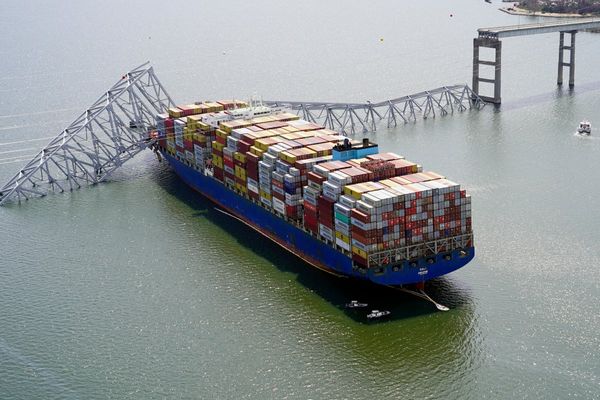The India Meteorological Department (IMD) earlier this week updated its monsoon outlook from April. The latest analysis from the weather models that the IMD relies on suggests near-certainty of the development of an El Niño, a cyclical phenomenon of warming in the Central Pacific that six in 10 years is linked to diminished rainfall in the west, northwest and western parts of central India, especially between July and August. However, despite the certainty of an El Niño, the IMD has chosen to retain its outlook of a ‘normal’ monsoon, at 96% of the 50-year long-term average of 87 cm. Anything below 96% would have been categorised as ‘below normal’. Underlying its assessment is a calculation that another phenomenon, called the Indian Ocean Dipole (IOD) — a temperature swing between the western and eastern Indian Ocean — would favour rain development and offset the loss in rains from an El Niño. It is important to note that IODs are not as strongly linked to bountiful rains as the El Niño is to depressed rains. In 1997, India had a strong El Niño but received 2% excess rain because of a positive IOD. However, both have not appeared at the same time since that year, and this is the first time since then that both factors are expected to play out in the same monsoon season. The years India last reported a greater than 10% deficit in monsoon rainfall were 2014 and 2015 — both El Niño years.
The IMD update also underlines that rainfed-agriculture zones of the country would be between 92%-104% of the average. While this technically qualifies as ‘normal’, it is also a very large variation and could mean long, dry spells followed by a period of incessant downpours. This might help meet the region’s rainfall ‘numbers’ but will not be helpful for agriculture. While every monsoon has its own peculiarities whatever the models might say, it would be crucial to watch out for the monsoon’s distribution, both spatially and temporally. Sharp deficits during July and August, particularly in central India, are likely to influence agricultural output. More accurate assessments of rain during this month are available through the IMD’s extended range forecasts that give a fortnightly prognosis; and these can be quite dynamic. The monsoon is forecast to reach Kerala by June 4, and whether it sticks to this date or arrives a tad early or late has little bearing on the quantity of rain during the core monsoon months. This year, States and the Centre must redouble efforts to convey accurate, timely information to farmers, using all available information channels, down to the block level.







